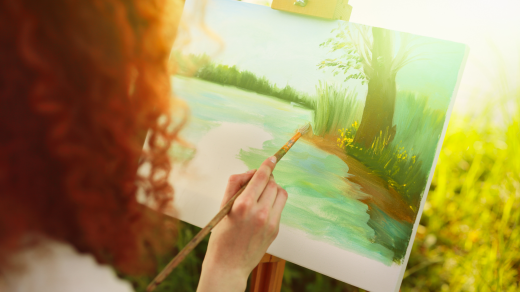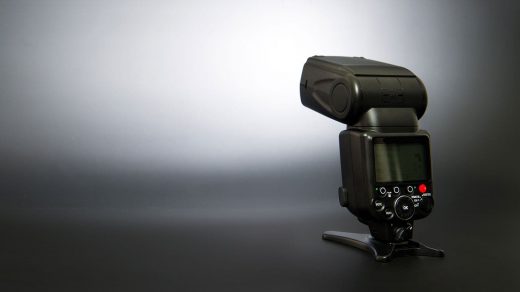Are you ready to unleash your inner artist?
One of the most important decisions any painter can make is selecting the right medium for their masterpiece. But with so many options available, it’s easy to feel overwhelmed and unsure of where to start.
Fear not! In this beginner’s guide, we’ll explore everything you need to know about choosing the perfect painting medium – from oils and watercolors to acrylics and beyond. So grab your brushes, and let’s dive in!
Oil Paint
Oil paint is a versatile painting medium that you can use for a wide variety of paintings. When selecting oil paint, it is important to consider the type of painting you plan to do and the surface on which you will be painting. There are three types of oil paints: traditional, alkyd, and watercolor.
- Traditional oil paints are made from a blend of linseed oil, balsamico resin, gesso, and white lead. They are the most expensive but have the longest-lasting color.
- Alkyd oil paints are made from modified terephthalic acid and other oils. They have a soft texture and are easy to use but have less lasting color than traditional oil paints.
- Watercolor oil paints are made with water as the main ingredient and usually lack pigmentation. They are perfect for quick sketches or paintings on paper because they don’t require a lot of layers to create depth.
Acrylic Paint
Painting with acrylics is a great way to get started in the art world, as they are affordable and easy to use. There are many types of acrylic paint available. So it’s important to choose the right one for the project you’re painting.
Some factors to consider when choosing acrylic paint include the type of surface you’re painting on (porcelain, metal, wood). You should also consider whether you need a light or dark color, and the desired finish.
When painting on a surface like wood or metal, it’s important to use a sealant first. This will protect the surface from moisture and paint damage. If you don’t have any sealant on hand, some artists recommend using clear nail polish as a temporary sealant.
Once you’ve chosen your paint, be sure to mix it according to the manufacturer’s instructions. Some paints require thinned-down versions while others need full-strength paints.
Once you’ve mixed your paint correctly, apply it generously with a brush. For best results, allow your paintings to dry completely before handling them
Watercolor Paint
Watercolor paints are available in a variety of colors and consist of mineral and pigment paint suspended in water. They can be used on paper, canvas, or wood.
To use watercolor paint, first determine the size of your brush. A small brush is best for detail work and a large brush is best for broad strokes. Next, prepare your painting surface by washing it with warm water and soap. Dry the surface well before beginning to paint.
To mix colors, take a spoon or another small utensil and add the color to the water in which you are painting. Stir until the color mixes well. Next, dip your brush into the mixture and start painting on your canvas or paper.
To remove paint from your surface, use a clean, dry brush. Brushing in one direction will create a subtle line of paint while brushing in the opposite direction will create a bolder line.
Fresco
Fresco is a painting medium that is made up of many small, thin pieces of paper that are coated with a sticky substance. The glued-up pieces are then put into a heated mixture of water and pigment, which makes the paper become a painting surface. Frescoes are usually painted on the drywall or ceilings of churches and other large, public buildings.
Fresco painting is one of the oldest techniques for creating paintings. Frescoes were first used in ancient Greece and Rome, and they eventually spread to other parts of the world. Fresco painting is still used today, mainly in religious contexts.
Gouache
While many people might think of oil paint as the go-to medium for paintings, there are other options available that may be more suitable for specific projects. One such option is gouache.
Gouache is a fluid paint made from a mixture of water and pigment. It’s easy to work with and produces subtle tones and shades. This can be very effective when used in smaller areas or when combined with other media to create complex compositions.
Additionally, gouache is versatile enough to be used on most surfaces. This makes it an ideal choice for paintings and sketches.
If you’re interested in trying out gouache for yourself, be sure to consult with a professional artist to get advice on the best ways to use this medium. They can help you develop a painting or sketch that’s perfect for your specific project and style.



